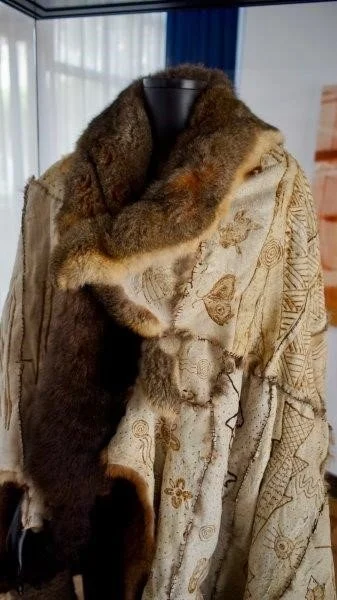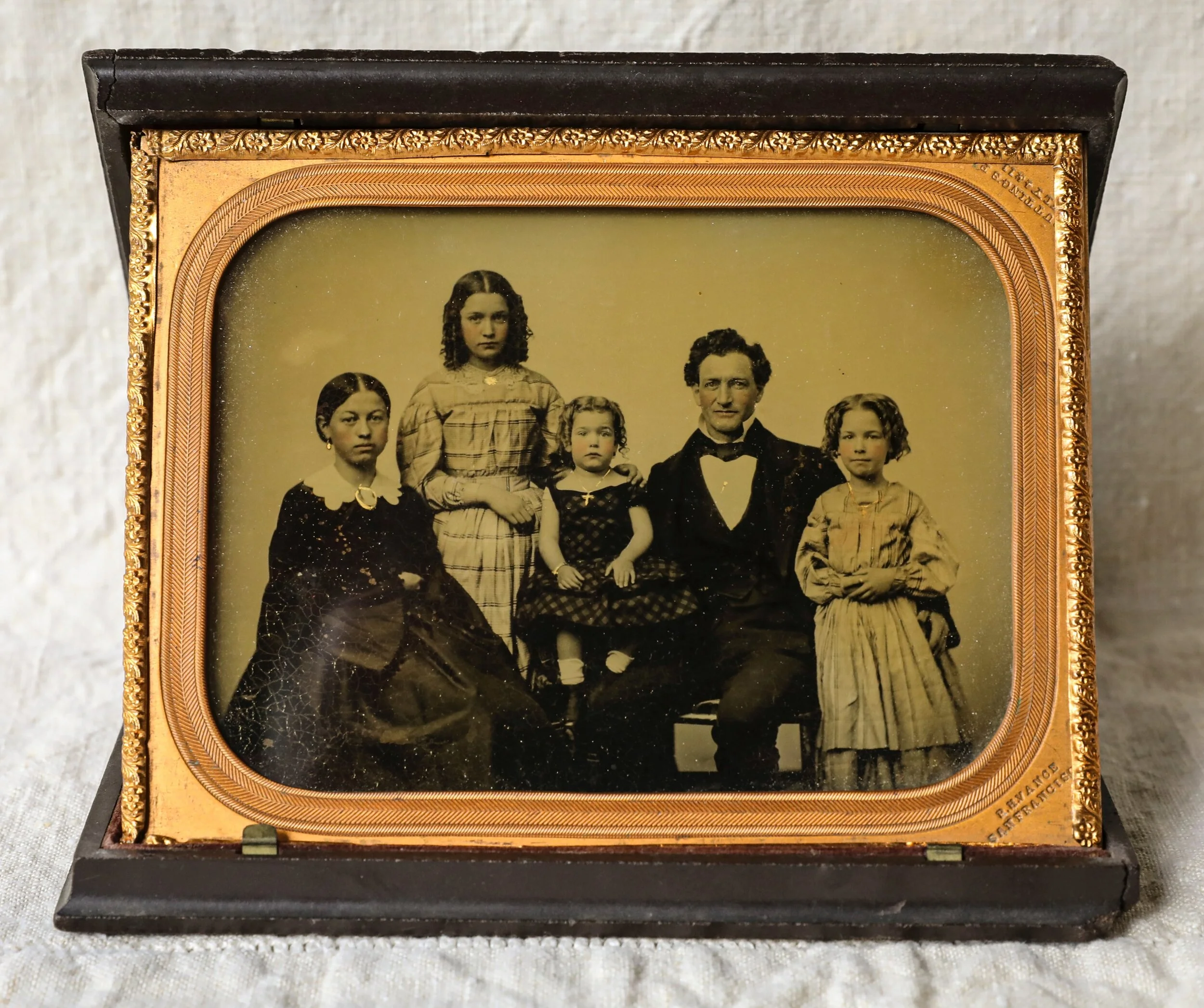Capital history 5
Dear Readers
We hope that you are doing well despite the challenge of the ongoing lockdown. Again, we have some tasty history treats for you. I hope these brighten your day. Bon Appetit!
We have loved hearing about the plans to revitalise Civic’s Sydney and Melbourne buildings in line with their historical importance as two of Canberra’s earliest buildings and its first main commercial precinct. You can read about the plans here: Why Sydney and Melbourne buildings can be Civics pride and joy again (Canberra Times) and here: Sydney and Melbourne building precinct (City Renewal Authority). You might also appreciate this article by Marg Wade Sydney and Melbourne Buildings — a unique part of Canberra which provides a handy overview of the buildings’ history.
Do you have a piece of Raiders' history? The Canberra Museum and Gallery (CMAG) and the Canberra Raiders have put out a call for memorabilia, to help mark the team's 40th anniversary in 2022. The exhibition Canberra Raiders: 40 Years in the Limelight along with a string of other events will mark the club's milestone. CMAG is keen to get input from the community as they recognise the Raiders are a big part of the community. If you have something you think may of interest, send an image of your item, photo, or story to reception@raiders.com.au with the subject heading CMAG Raiders Submission.
As evidenced by Canberra 100, Capital history here values a historical object so we much appreciate the ArchivesACT find of the month. Since 2008 the Archives has profiled items from their collections that tell the history of Canberra. This month’s find is 30 Years of Urban Gungahlin chosen to mark Gungahlin’s 30th anniversary.
For some light and whimsical history, beyond Canberra, you might like to visit The Museum of Endangered Sounds.
One of my favourite lockdown reads has been Kin: A Real People's History of Our Nation by Nick Brodie. This is a rich social history of Australia from European colonisation to the Second World War shaped by the “overlapping ancestral tales” inherited by historian Nick Brodie. Highly recommended for those who fancy doing their own Who Do You Think You Are? Here is a taste:
What follows is a history of Australia told through overlapping ancestral tales. By the accident of family connection to this historian, me, people otherwise poorly documented have become central to the nation’s social history. The past has therefore been populated without some of the prominent biases that strangled a generation of historical discourse. I strive to wear no black armband or white blindfold, or any other metaphorical party clothes. You cannot choose your family, and nor did I. They are here, warts and all: convicts, soldiers, sailors, good wives, bad husbands, the young, the elderly, the famous, the obscure, and many of their animals. I am seeking by this to achieve those simplest of historical objectives: to answer the eternal questions of what happened, why, where, when, how, to whom, and with what effect?— Nick Brodie, Kin: A Real People's History of Our Nation
Acknowledgement: The image above shows the Sydney and Melbourne buildings in 1938. It comes from the Argus newspaper collection of photographs held by the State Library Victoria. Full details here.
Please share. Let’s get the past and present talking.





